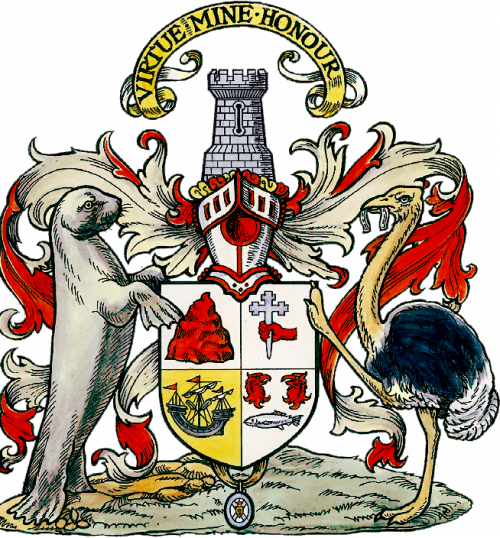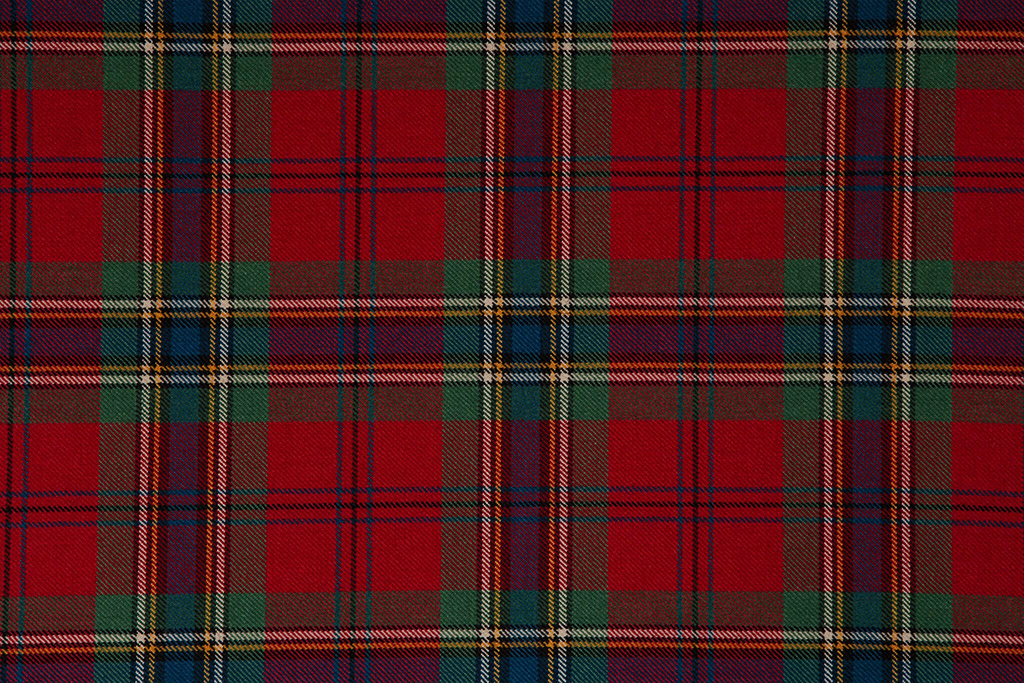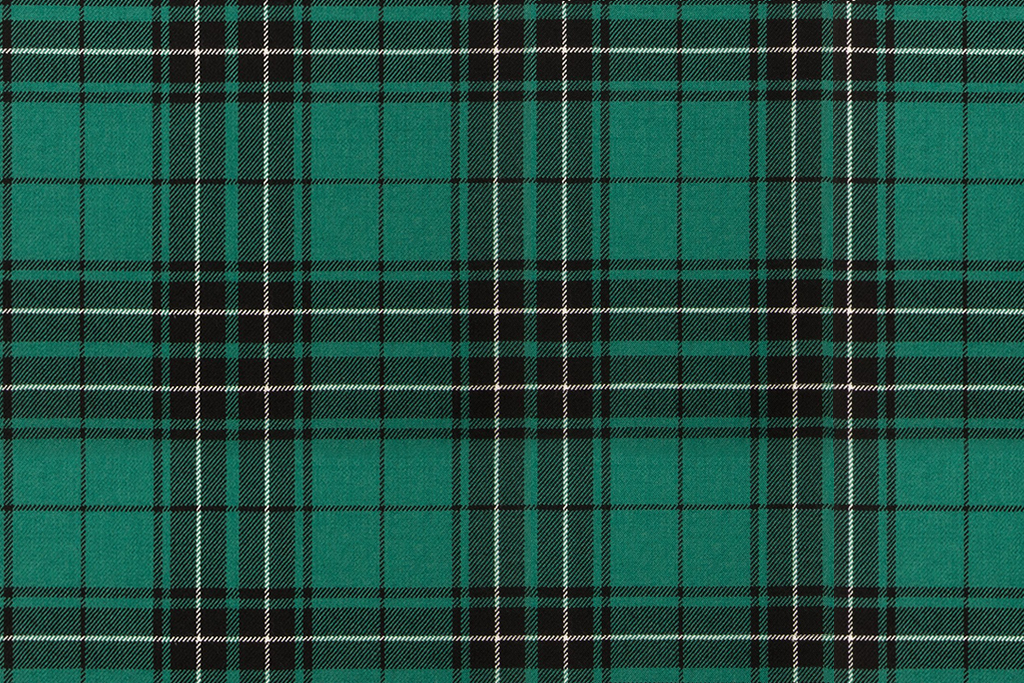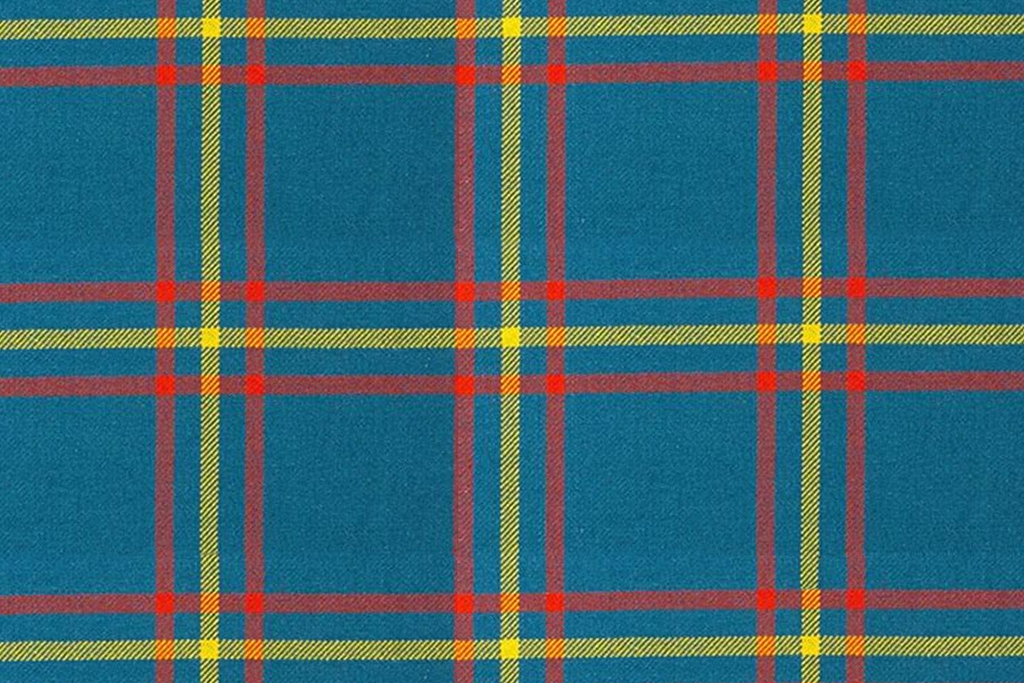The Chief’s Arms

The Chief’s achievement of arms is the personal hereditary property of Sir Lachlan Hector Charles Maclean, Bt, CVO, DL of Morvern and Duart, 28th Chief. The one shown here was last recorded in the Lyon Register prior to the 1904 investiture of his grandfather, Sir Fitzroy Donald Maclean, Bt, CB, KCB.
Through the centuries aspects of the achievement of arms have varied slightly as they were rematriculated. The rock, hand holding a cross, lymphad, eagle heads, and salmon have been used since before they appeared in Hector Mor’s seal in 1546.
The Rock most likely represents the Carsaig Arches on Mull.
Hand Holding Crosslet refers to St. Moluag who founding a hundred monasteries in Scotland, an ancestor of the first chief’s was the abbot at the one on Lismore.
The Lymphad was used by all clans connected with the Lordship of the Isles; early chiefs held high-rank within the Lordship.
The Eagle Heads refer to the chiefs supplying hawks to the crown.
The Salmon denotes the chief’s ability to control and tax his land and its waterways; it may also reference noble Dálriadic origins.
Badges of the Clan Maclean
To demonstrate membership and allegiance with their chief, members of the Clan Maclean often use a traditional heraldic device known simply as the clan badge, which is devised by encircling the crest from the chief’s achievement of arms in a strap and buckle. All members, allies, and supporters of the clan are encouraged to wear, use, and display the Clan Maclean badge proudly.
McLeans of
Ardgour, Coll, Lehir, Morvern, et al
Macleans of
Duart
Maclaines of
Lochbuie
Tartans of the Clan’s Branches
MacLean of Duart tartan is the most common tartan used my members of the Clan MacLean. The Hunting tartan of the Clan Maclean is the oldest recorded tartan in Scotland. A discription is included on a charter for lands of Nerrabolsadh on Islay in 1587. It is this, hunting, tartan usually worn for more casual occasions.
Macleans of Duart
Maclaines of Lochbuie




